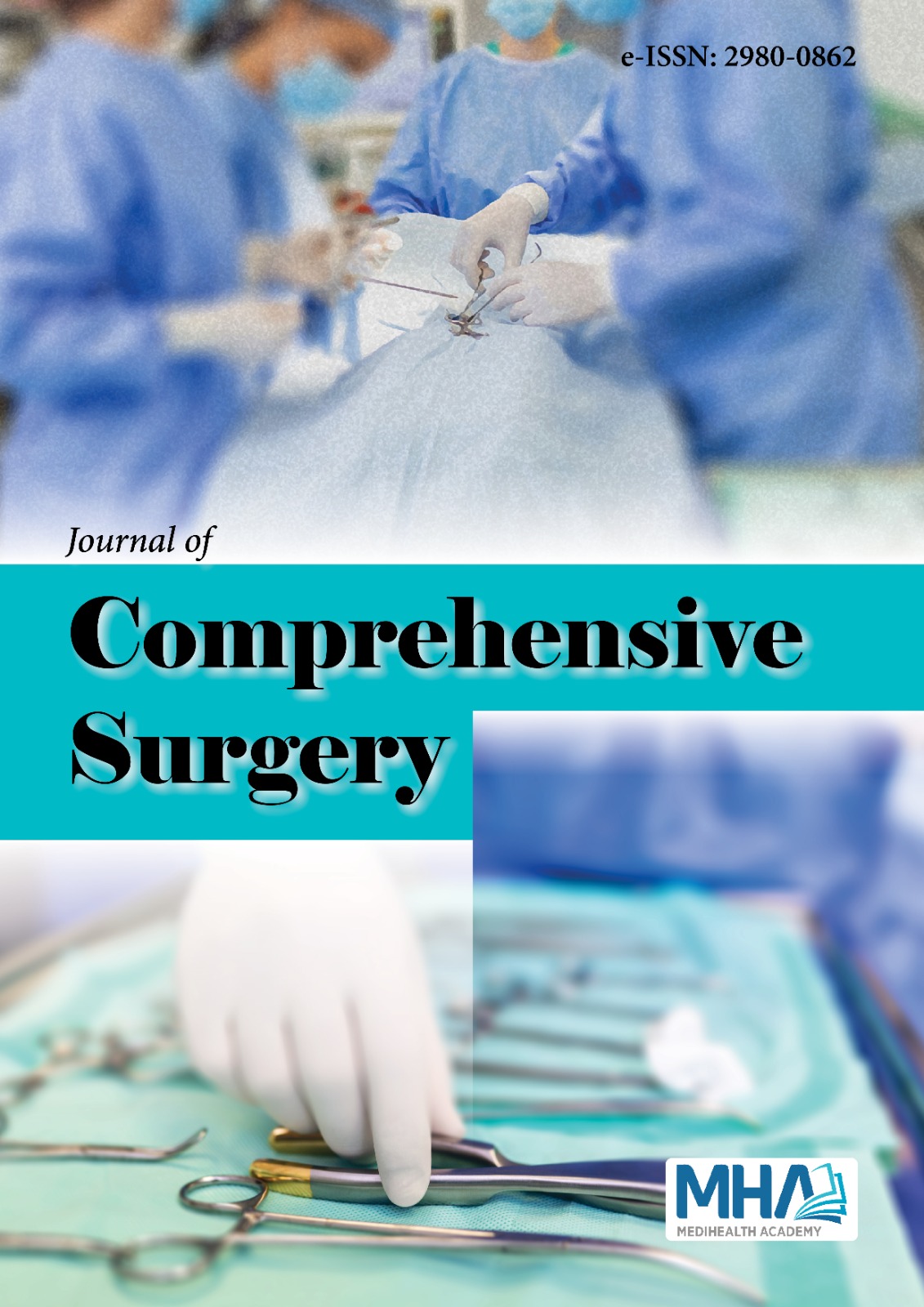1. Kim YH, Ha KY, Rhyu KW, et al. Lumbar Interbody Fusion:Techniques, Pearls and Pitfalls. Asian Spine J. 2020;14(5):730-741.
2. Meng B, Bunch J, Burton D, Wang J. Lumbar interbody fusion: recentadvances in surgical techniques and bone healing strategies. Eur Spine J.2021;30(1):22-33.
3. Camino-Willhuber G, Tani S, Shue J, et al. Lumbar lateral interbodyfusion: step-by-step surgical technique and clinical experience. J SpineSurg. 2023;9(3):294-305.
4. Lenz M, Mohamud K, Bredow J, Oikonomidis S, Eysel P, ScheyererMJ. Comparison of different approaches in lumbosacral spinal fusionsurgery: a systematic review and meta-analysis. Asian Spine J. 2022;16(1):141-149.
5. Park MK, Son SK, Choi SH. Lumbar interbody fusion by unilateralbiportal endoscopy, in unilateral biportal endoscopic spine surgery:basic and advanced technique. Spine Surg. 2022:139-154.
6. Matur AV, Mejia-Munne JC, Plummer ZJ, Cheng JS, PrestigiacomoCJ. The history of anterior and lateral approaches to the lumbar spine.World Neurosurg. 2020;144:213-221.
7. Zhao H, Wang YJ, Wang RG, et al. Three-dimensional hounsfieldunits measurement of pedicle screw trajectory for predicating screwloosening in lumbar fusion surgery. Clin Interv Aging. 2023;18:485-493.
8. Formica M, Vallerga D, Zanirato A, et al. Fusion rate and influence ofsurgery-related factors in lumbar interbody arthrodesis for degenerativespine diseases: a meta-analysis and systematic review.MusculoskeletSurg. 2020;104(1):1-15.
9. Jain D, Ray WZ, Vaccaro AR. Advances in techniques and technologyin minimally invasive lumbar interbody spinal fusion. JBJS Rev. 2020;8(4):e0171.
10. Patel PD, Canseco JA, Houlihan N, Gabay A, Grasso G, Vaccaro AR.Overview of minimally invasive spine surgery. World Neurosurg. 2020;142:43-56.
11. Wilson KV, McDonnell JM, O’Malley S, et al. Morbidity and mortalityof traumatic cervical spinal cord injuries in a geriatric cohort. Ir J MedSci. 2023;192(4):1719-1725.
12. Sharif S, Jazaib Ali MY. Outcome prediction in spinal cord injury: mythor reality. World Neurosurg. 2020;140:574-590.
13. Sánchez JAS, Sharif S, Costa F, Rangel JAIR, Anania CD, Zileli M.Early management of spinal cord injury: WFNS spine committeerecommendations. Neurospine. 2020;17(4):759-784.
14. Pan M, Li Q, Li S, et al. Percutaneous endoscopic lumbar discectomy:indications and complications.Pain Physician. 2020;23(1):49-56.
15. Hersey AE, Durand WM, Eltorai AEM, DePasse JM, Daniels AH.Longer operative time in elderly patients undergoing posterior lumbarfusion is independently associated with increased complication rate.Global Spine J. 2019;9(2):179-184.
16. Gong K, Lin Y, Wang Z, Li F, Xiong W. Restoration and maintenanceof segment lordosis in oblique lumbar interbody fusion. RestorationLordosis. 2022;23(1):1-11.
17. Yang H, Liu J, Hai Y, Han B. What are the benefits of lateral lumbarinterbody fusion on the treatment of adult spinal deformity: a systematicreview and meta-analysis deformity. Global Spine J. 2023;13(1):172-187.
18. Kucharzyk DW, Budimir D, Waldorff EI, Shum LC, VannabouathongC. The effect of expandable versus static lordotic interbody implants inminimally invasive spine surgery: patient reported outcomes, sagittalalignment, and restoration of disc height and foraminal height. J SpineSurg. 2023;9(1):39-53.
19. Mokawem M, Katzouraki G, Harman CL, Lee R. Lumbar interbodyfusion rates with 3D-printed lamellar titanium cages using a silicate-substituted calcium phosphate bone graft. J Clin Neurosci. 2019;68:134-139.
20. Yao YC, Lin HH, Chou PH, Wang ST, Chang MC. Differences in theinterbody bone graft area and fusion rate between minimally invasiveand traditional open transforaminal lumbar interbody fusion: aretrospective short-term image analysis. Eur Spine J. 2019;28(9):2095-2102.
21. Ran TF, Ke S, Li J, et al. Relieved low back pain after total hip arthroplastyin patients with both hip osteoarthritis and lumbar degenerativedisease. Orthop Surg. 2021;13(6):1882-1889.
22. Zhou C, Xia H, Yin J, Zheng Y. Three-dimensional gait quantitativeanalysis in postoperative rehabilitation of lumbar degenerative diseases:a self-controlled before-after study. Am J Transl Res. 2021;13(6):6913-6920.
23. Gao A, Wang Y, Yu M, et al. Association between radiographicspinopelvic parameters and health-related quality of life in de novodegenerative lumbar scoliosis and concomitant lumbar spinal stenosis.Spine (Phila Pa 1976). 2020;45(16):E1013-E1019.
24. Lv H, Yang YS, Zhou JH, et al. Simultaneous single-position laterallumbar interbody fusion surgery and unilateral percutaneous pediclescrew fixation for spondylolisthesis.Neurospine. 2023;20(3):824-834.
25. Yin Y, Yu Z, Wang J, Sun J. Effectiveness of the rehabilitation trainingcombined with maitland mobilization for the treatment of chronicankle instability: a randomized controlled trial. Int J Environ Res PublicHealth. 2022;19(22):15328.
26. Ladouceur L, Shakeri A, Khan S, et al. Producing fluorine- andlubricant-free flexible pathogen- and blood-repellent surfaces usingpolysiloxane-based hierarchical structures. ACS Appl Mater Interfaces.2022;14(3):3864-3874.
27. Elgafy H, Behrens K. Comparing expandable and static interbody cagesin lumbar interbody fusion. J Spine Surg. 2023;9(1):1-5.
28. Tartara F, Garbossa D, Armocida D, et al. Relationship between lumbarlordosis, pelvic parameters, PI-LL mismatch and outcome after shortfusion surgery for lumbar degenerative disease. Literature review,rational and presentation of public study protocol: RELApSE study. World Neurosurg X. 2023;18:100162.
29. Tanasansomboon T, Robinson JE, Anand NC. Minimally invasivetransforaminal lumbar interbody fusion: strategies for creating lordosiswith a posterior approach. Neurosurg Clin. 2023;34(4):643-651.
30. Jiang D, Sun G, Jia R, Zhang Y, Wang X, Xu Z. Comparing bone grafttechniques for interbody fusion through a posterior approach fortreating mid-thoracic spinal tuberculosis: a retrospective analysis.Orthop Surg. 2023;15(1):53-61.
31. Subagio EA, Rahmadhan MA, Faris M, et al. Comparison of fusion outcomes of bone morphogenetics proteins-7 and bone autograft inposterolateral lumbar fusion: a systematic review. InterdisciplinaryNeurosurg. 2023;33:101765.
32. Kaiser R, Varga M, Lang O, et al. Spinal fusion for single-level SPECT/CT positive lumbar degenerative disc disease: the SPINUS I study. ActaNeurochir (Wien). 2023;165(9):2633-2640.

